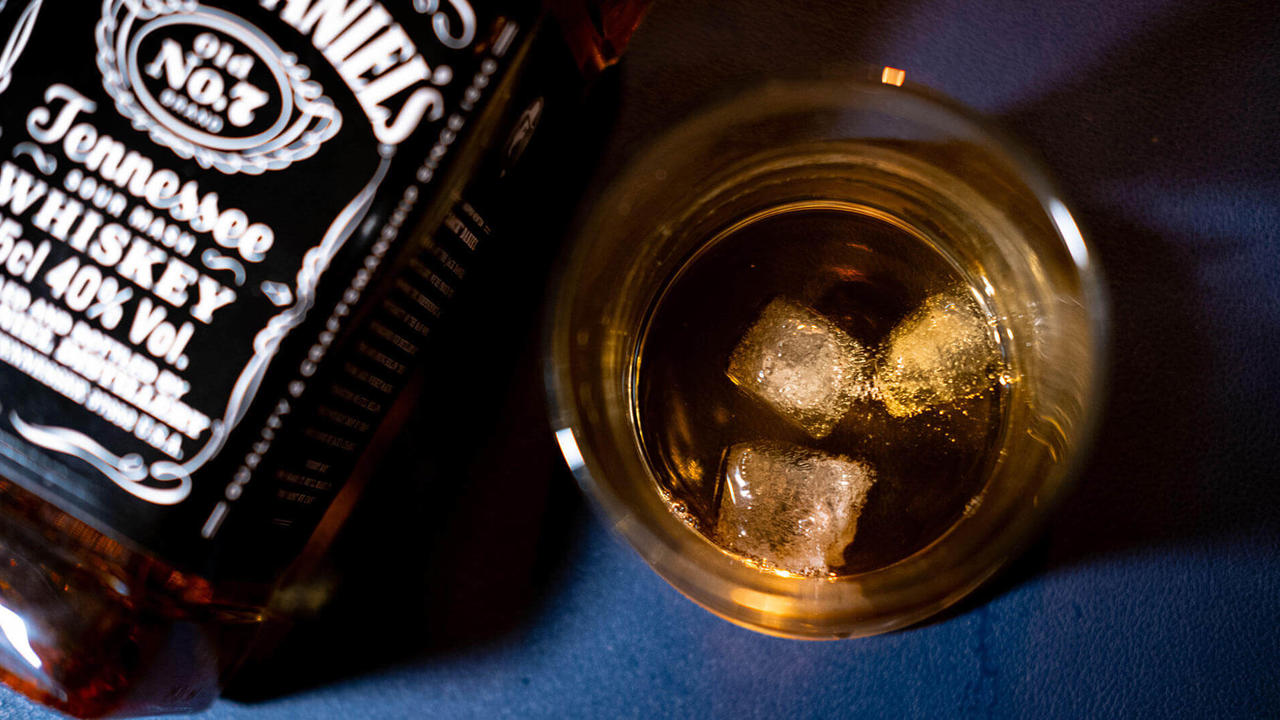Last year, I talked a lot about what is Scotch whisky, but there is another type of whisky which keeps making the headlines - with new distilleries opening, big investment from the largest producers and record prices at auction. This one is made in America and is usually spelled with an “e”.
History of American whiskey
The story of American whiskey started with the first settlers who brought their distilling knowledge from Europe. With the climate and land more prone to cereals such as corn (maize) and rye, early distillers started replacing traditional European cereals with local crops, thereby creating new flavours and styles of whiskies, like rye whiskey.
American whiskey grain
Using different cereals also had an impact on the whisky-making process. Malted barley contains lots of enzymes which convert starch into sugar – the essential ingredient for alcohol production. In a similar way to single grain whisky production in Scotland, wheat, rye and corn require cooking to release and gelatinise the starch before enzymes can be introduced. These can come from malted barley or specialist suppliers who are able to grow enzymes.
Learn more about barley in the 'what is whisky made from?' blog post.
Distillation of American whiskey
The distillation was also tweaked over time to work with the natural flavours of the cereals. Small distillers use a variety of equipment which is probably too broad to generalise but the larger producers tend to use a combination of column and pot stills, which are run continuously.

After fermentation, the beer-like liquid is typically first distilled in a column still. The vapours are then condensed or go straight to a type of pot still called a thumper or doubler, the main difference being that a doubler has a heat source, whereas a thumper uses the heat from the incoming vapours to distill the alcohol one more time. The distillation strength varies depending on the type of whiskey produced, as does the type of cask used for maturation, if any.
Types of American whiskey
There are many legally-defined types of whiskey in the USA. These are the four most common types of American whiskey.
Bourbon Whiskey - Bourbon whiskey is probably the most famous type of American whiskey. It must be made from at least 51% corn and it must be matured in newly charred oak casks (although no minimum period is mentioned in the legislation).
Rye whiskey - Rye whiskey has grown in popularity in more recent years, especially amongst bartenders who appreciate its spicy, peppery character. This must be made from at least 51% rye.
Corn whiskey - Corn whiskey is worth mentioning, as one would be forgiven for assuming it must contain at least 51% corn. However, in order to differentiate it more from Bourbon whiskey, it must be made from at least 80% corn. If matured, it must be done in used or non-charred new oak casks.
Tennessee Whiskey - Tennessee Whiskey is also hugely popular. Who hasn’t heard of Jack Daniel’s? Quite simply, this is a Bourbon whiskey made in Tennessee and filtered through maple charcoal before maturation, which is called 'the Lincoln County Process'.
Whiskey Legislation
It’s worth noting local legislation can have an impact on imported spirits as well locally produced ones. For example, whiskies that include spirits that are younger than four in America, must include an age statement.
This also applies to other whiskies, such as Scotch, that are imported to America. It is not unusual for Scottish blenders to make sure their brands are at least 4 years old when sold in the US so they do not have to add an age statement - even if the same brand in the rest of the world contains 3-year-old whisky. Consumers shouldn’t be able to taste the difference as blenders make sure the taste profile remains the same.
Equally, American blended whiskey may contain new make spirit. Such brands cannot not be sold in Europe as whiskey. EU whisky has to be at least 3 years old.
Most of the original whisky cocktails were made with American whiskey and they are quite varied in taste profile. From the Mint Julep to the Old Fashioned or the Manhattan or the Sazerac, there are many whiskey cocktail recipes to explore if you’re new to the world of whiskey.
Find out about all the other types of whiskey in our 'what is whiskey' post.
Interested in mastering bartending? Take a look at our EBS Bartender Courses.

